Election turnout, from 98% to 46%/ Analysis: What is expected to happen in 2025 and what are the factors that will influence it?
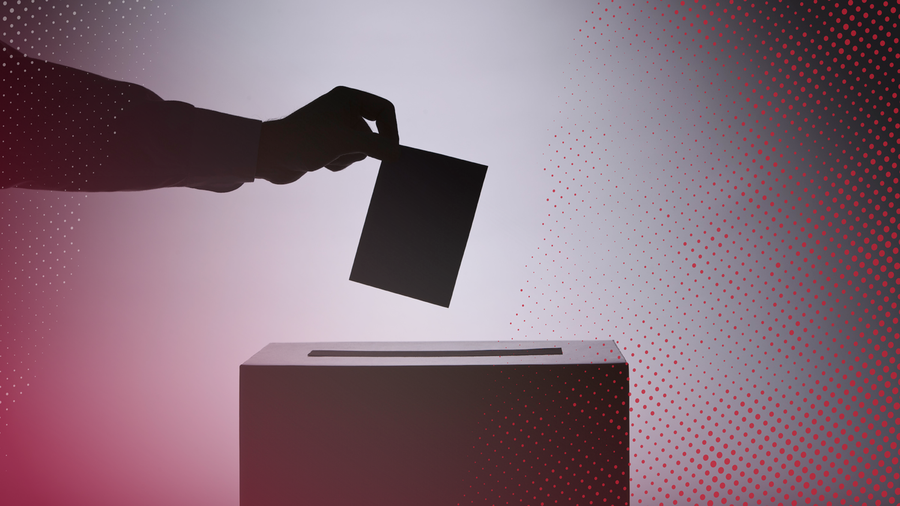
Albanians have shown a steady decline in interest in voting in parliamentary elections over the past three decades. From the extraordinary enthusiasm of the early years of transition, with turnout approaching 99% in 1991, Albania has shifted towards a political climate where less than half of registered citizens participate in elections. This is a clear signal of a crisis of representation and deep distrust of the political class. "Scan Intel" has conducted a detailed analysis of turnout over the years.
In the 1991 elections, turnout reached 98.92%. Two years later, in 1992, it fell to 91.5%, while in 1996 it remained at high levels, at 89.08%. The political and economic crisis of 1997 brought a major shock, and turnout fell sharply to 72.56%. Since then, the trend has been unstoppable downward: in 2001 it fell to 54.95%, in 2005 to 48%, and in 2021 it touched another historical minimum, only 46%.
This steady decline coincides with political polarization, the lack of deep reforms, and especially emigration, which has created problems in identifying citizens. In the last elections of 2021, a deep apathy was observed, especially among young voters and those displaced abroad. Although emigrants constitute a significant part of the voting age population, their participation in the process is minimal due to legal and technical obstacles. However, the inclusion of the diaspora in this year's elections is expected to have a significant impact, including the impact it will have on voter turnout.
So, with the 2025 parliamentary elections coming up, the question is: what is expected to happen this time? Will the negative turnout record be broken, or will we see a slight increase thanks to the new political circumstances?
To make a projection as close to reality as possible, one must take into account both the historical trend and the new dynamics brought by this year's elections. If we simply follow the downward trend that has characterized recent election cycles, turnout in 2025 could drop to around 44.2%. However, several factors could have a positive impact on changing this trend.
First, the presence of new political actors, such as new coalitions and independent candidates who have gained attention on social media, could rekindle the interest of disenchanted voters. Second, efforts to include more young and immigrant voters, if accompanied by real facilitation mechanisms, could bring a slight increase in participation. Third, the increasing polarization between traditional forces could lead to a greater mobilization of electoral bases.
This year's elections will not be simply a race for mandates, but a test of citizen trust in the political system. Turnout is the most sensitive barometer for measuring not only the legitimacy of representatives, but also the state of democracy in the country. This year's data and projections are expected to be a clear signal of the direction the country is taking: towards inclusion or deep political apathy.
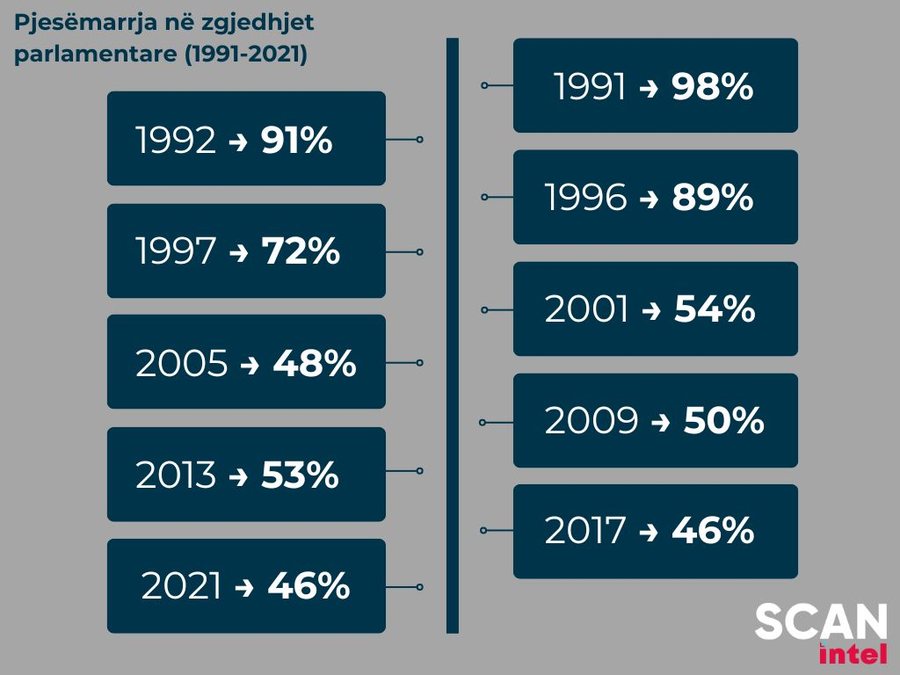

Prime Minister Edi Rama votes!
Socialist Party Chairman and Prime Minister Edi Rama, accompanied by his wife Linda Rama, voted at the "Ymer Lala" school in Surrel. ...
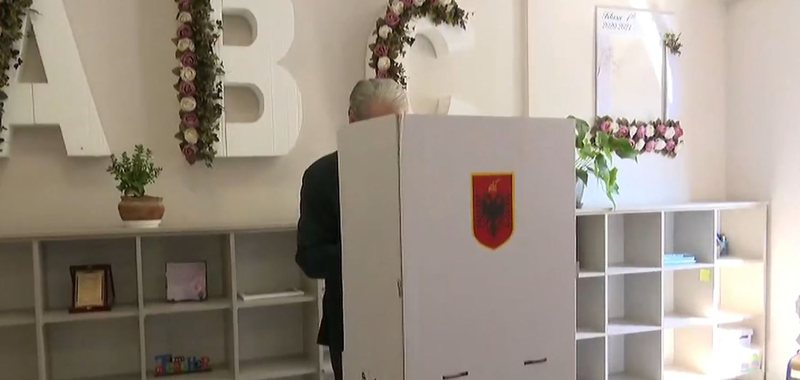
Berisha calls on citizens: Vote for the future of your children in this country!
Democratic Party leader Sali Berisha voted at the "Kosova" school in Tirana. First, a heartfelt appeal to every Albanian citizen, today to vote, vote, vote......
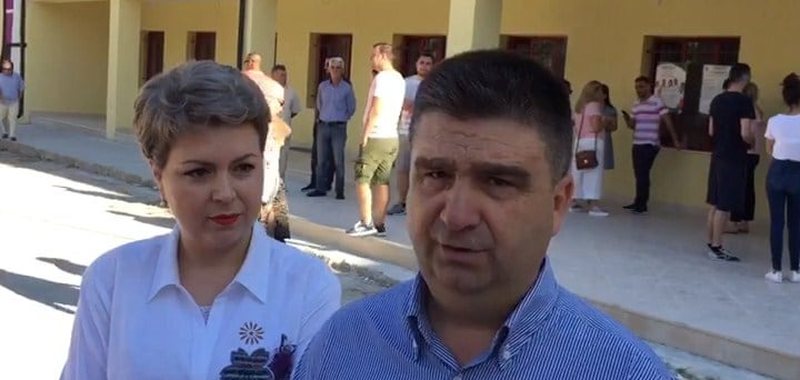
Fier/Mayor Armando Subashi votes. Calls for mass participation and a peaceful process!
The Mayor of Fier, Armando Subashi, voted today together with his wife, also calling for mass participation and a peaceful process. "Today is a marked day......
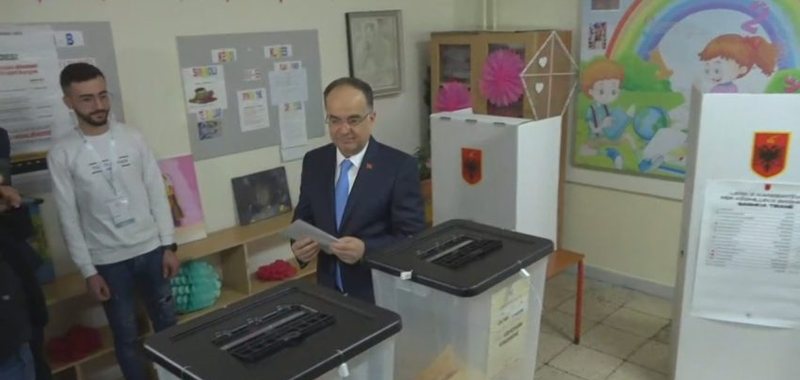
President Bajram Begaj votes: Citizens should freely express their will!
The country's President Bajram Begaj exercised his right to vote at the 9-year school "Kongresi i Lushnjes" in Tirana. In a statement to the media, Begaj......

CEC appeal: Candidates should not enter the notification centers
The Central Election Commission has received reports from the field that candidates for MPs have requested to enter polling stations. “We would like to......
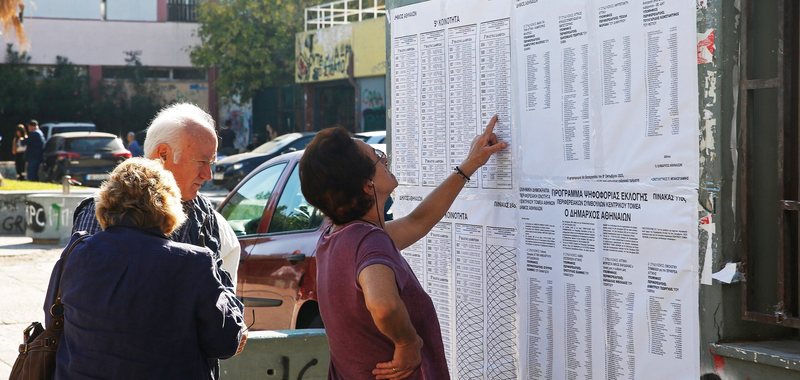
How are the contestants divided by districts?
The Parliamentary Elections of May 11th mark an important moment for Albanian democracy, not only because of the political importance they carry, but also......

How much do elections cost in Albania?
The general parliamentary elections in Albania, in addition to being an important political process, are also associated with a high cost for the state......
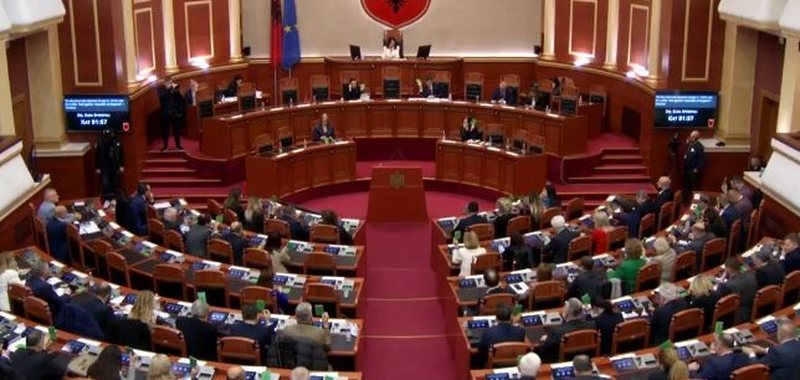
2046 candidates for 140 seats - Parliamentary race in Albania
The elections of May 11, 2025 set another historical record: 2,046 candidates competed for just 140 seats in the Albanian Parliament. An average of 15......





















